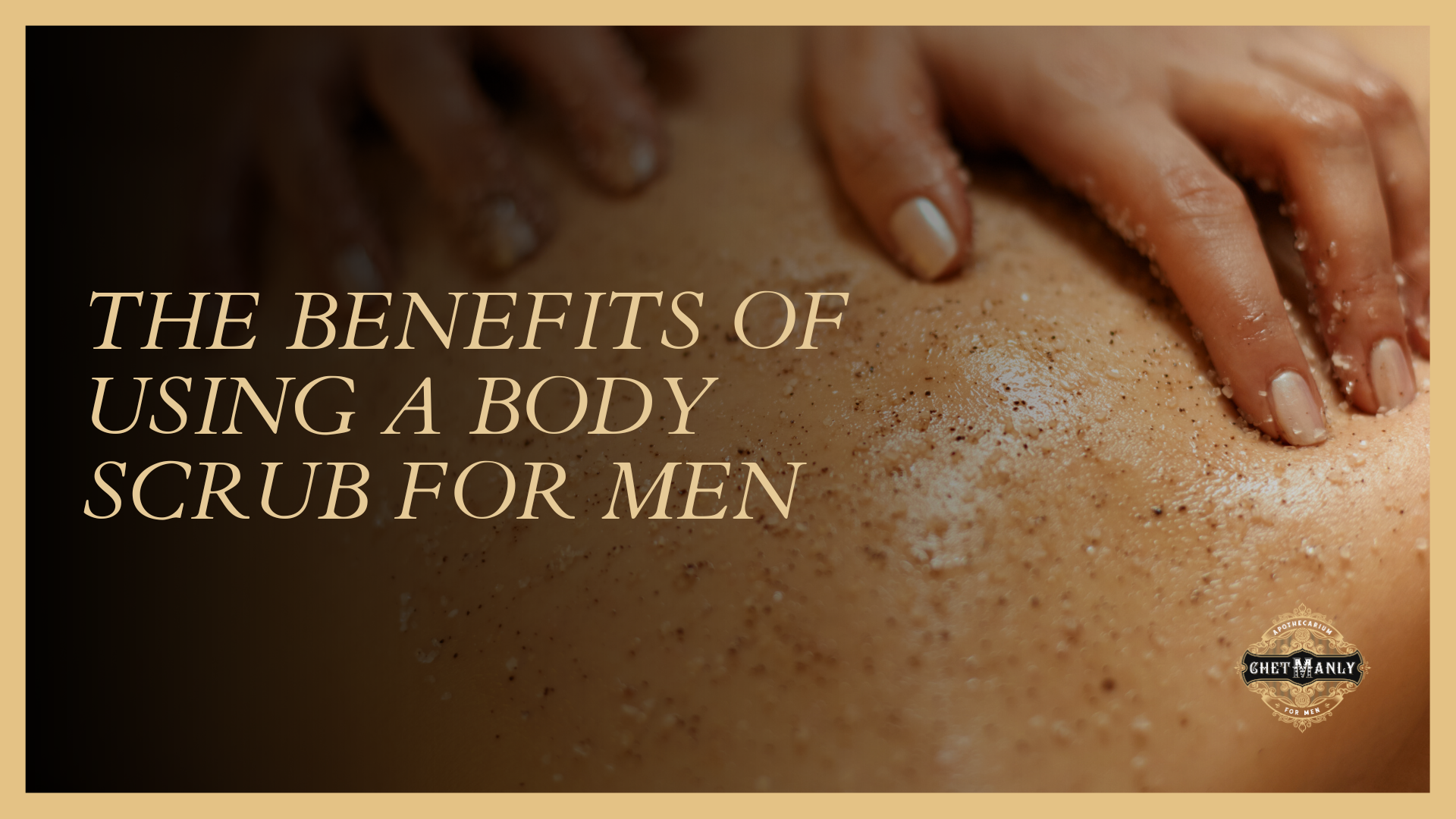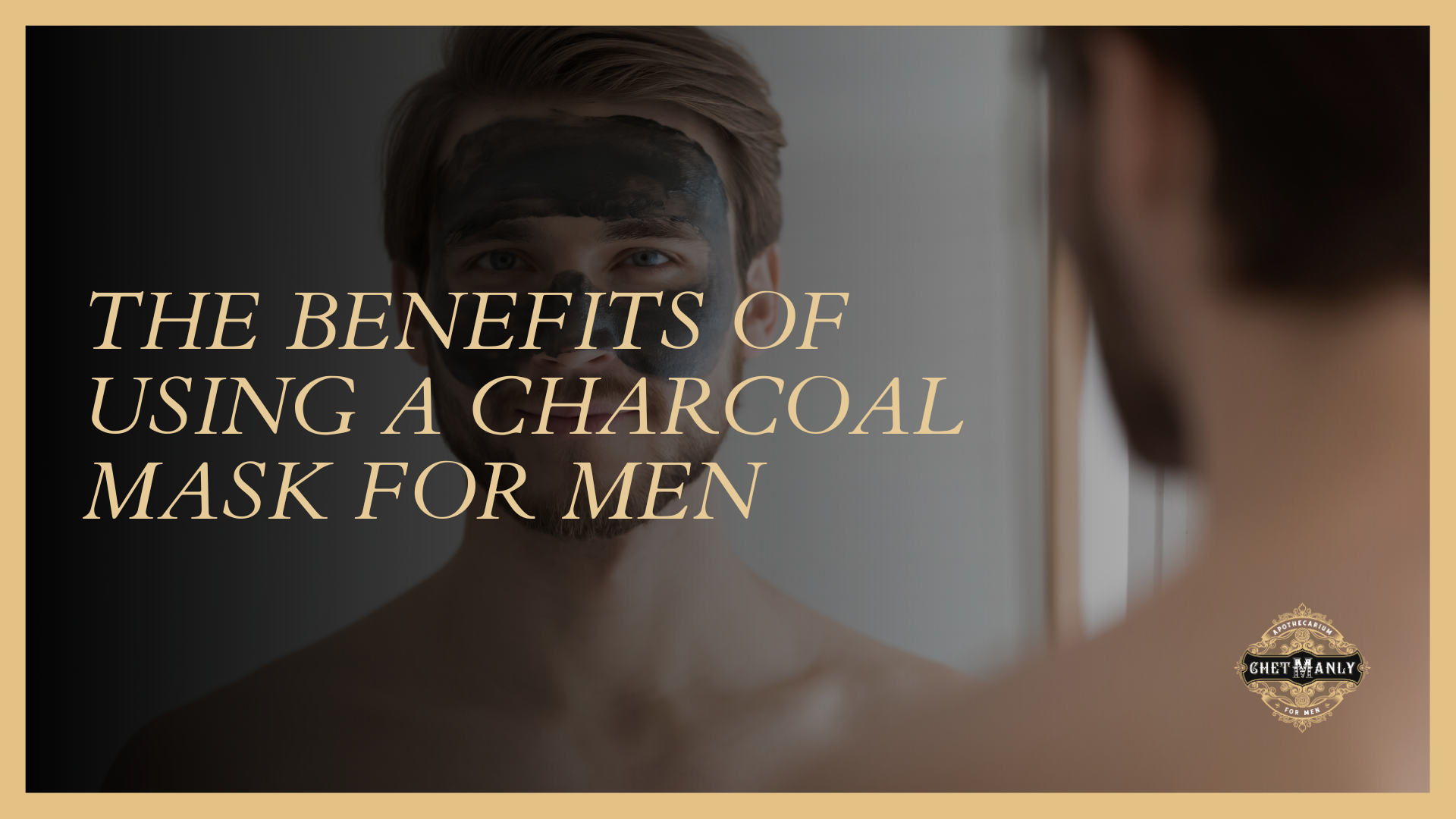

The first question that arises when discussing shaving is whether or not to do it every day. The answer to this question is based on personal preference. If you admire a clean-shaven look and despise stubble, daily shaving will help you maintain that smooth exterior. However, it's not a necessity. It's all about what works best for your skin and your schedule.
The key to a successful shave lies in proper skin preparation. This is an often overlooked step but is vital to achieve a smooth and comfortable shave. The goal is to soften the hair and open up the pores to make the shaving process easier and more efficient.
One way to prepare your skin for shaving is by taking a warm shower. The steam and heat from the shower soften your skin and hair, making it easier for the razor to glide over your skin. This reduces the risk of cuts and irritation. Aim to shave at the end of your shower, as your skin will be at its softest then.
Exfoliation is another essential step in skin preparation. By removing dead skin cells and unclogging your pores, exfoliation helps the razor glide smoothly over your skin. It also prevents the razor from getting clogged with dead skin cells, leading to a more effective shave.
When it comes to shaving, you have two main options: wet shaving and dry shaving. Wet shaving involves using water and a shaving cream or gel, while dry shaving involves using an electric razor without any water or shaving cream.
Wet shaving typically provides a closer shave but requires more time and preparation. It's recommended to use a shaving brush to work the cream or soap into your skin, lifting the hair and preparing it for a close shave.
Dry shaving, on the other hand, is quicker and more convenient, making it a popular choice for many men. However, proper skin preparation is still crucial to prevent irritation and achieve a close shave. Use a pre-shave powder or oil to protect your skin and enhance the effectiveness of the shave.
The type of shaving cream and razors you use can significantly impact the quality of your shave.
When choosing a shaving cream, look for one that creates a rich, creamy lather. This will provide better lubrication, allowing the razor to glide smoothly over your skin. Avoid using soap as it can dry out your skin and lead to irritation.
As for razors, the choice between single, double, or triple-bladed razors comes down to personal preference. Single-bladed razors can provide a close shave with less irritation, while multi-blade razors can offer a quicker shave. Regardless of the type of razor you choose, make sure to replace the blades regularly to ensure they remain sharp and effective.
Now that your skin is prepared and you've chosen your tools, it's time to get down to the actual shaving. The technique you use can have a significant impact on the closeness and comfort of your shave.
The direction in which you shave plays a crucial role in achieving a close shave. Start by shaving with the grain (in the direction that your hair grows) to reduce the risk of irritation and ingrown hairs. Once you've done that, you can shave against the grain for a closer shave.
When it comes to shaving, less is more. Applying too much pressure can lead to nicks and cuts, while long strokes can clog the blade. Instead, use short, gentle strokes and let the razor do the work.
After you've finished shaving, it's essential to care for your skin to prevent irritation and maintain its health.
Start by rinsing your face with warm water to remove any remaining shaving cream, then switch to cool water. The cool water helps to close the pores and soothe the skin.
After drying your face, apply a hydrating moisturizer to prevent dryness and flakiness. Choose a product designed for post-shave care, as these often contain ingredients that can soothe and repair the skin.
There are many myths surrounding shaving, one of which is the belief that shaving against the grain is bad. While it can lead to irritation if done improperly, shaving against the grain can also provide a closer shave. The key is to prepare your skin properly and use the right technique.
Another common myth is that shaving stimulates hair growth and makes it return thicker and faster. This is simply not true. Hair growth is controlled from within your body and is not affected by shaving.
Despite your best efforts, you may still encounter some issues when shaving.
Razor burn is a common problem caused by sensitive skin and a blunt blade. To avoid this, ensure you're using a sharp blade and always prepare your skin before shaving.
If you find that you're consistently missing hairs when you shave, it may be due to the contours of your face or an unsharp blade. Consider using a razor with a flexible or pivoting head to better navigate the contours of your face.
Different hair and skin types may require different shaving techniques. For example, African-American men, whose hair is typically curlier, may benefit from electric razors or special shaving creams designed to reduce the risk of ingrown hairs and razor bumps.
Regular shaving not only helps you maintain a clean, well-groomed appearance, but it also has several other benefits. Shaving exfoliates your skin, removing dead skin cells and stimulating collagen production. This can improve the texture and strength of your skin, giving it a healthier, more youthful appearance.
In conclusion, achieving the perfect shave requires more than just a razor and shaving cream. It involves proper skin preparation, the right tools, and a careful technique. With these tips in hand, you're now equipped to master the art of a perfect shave.


